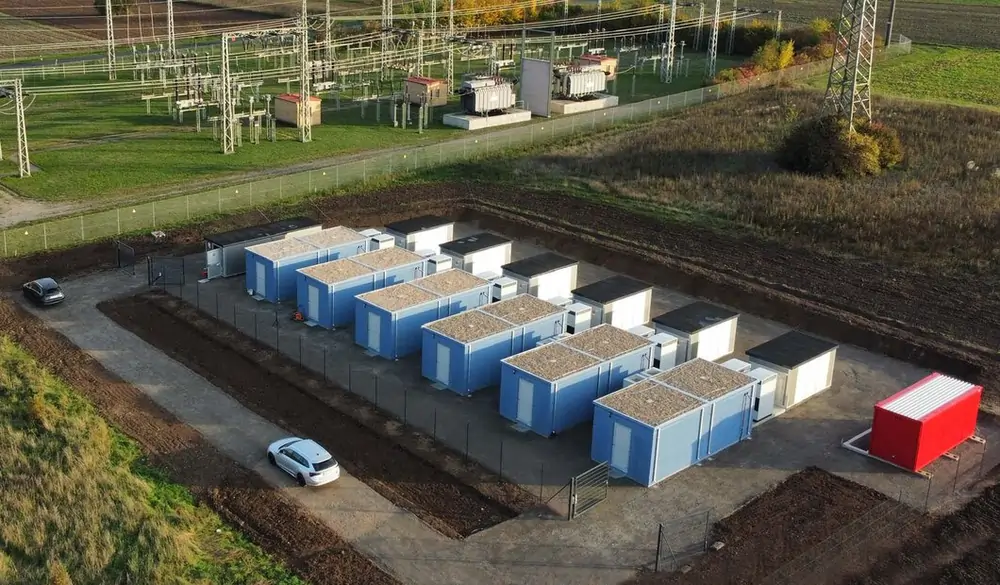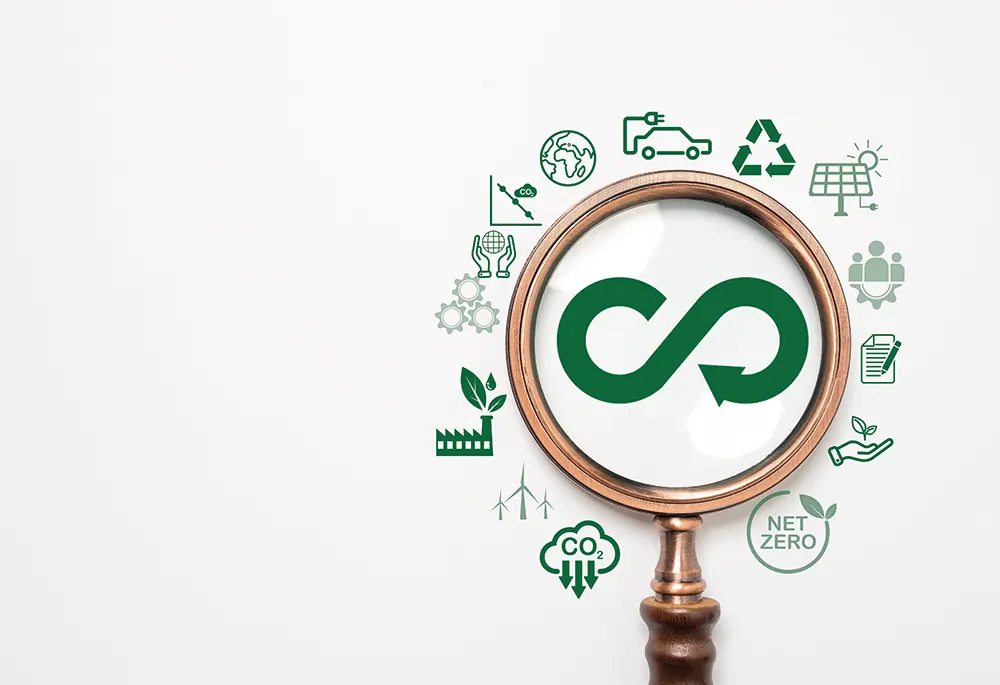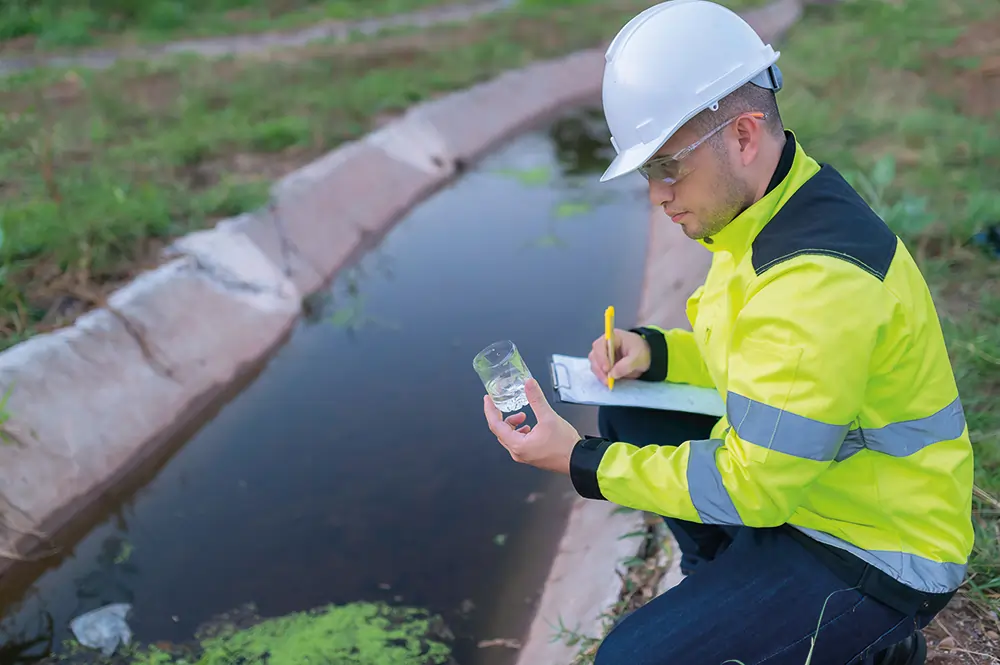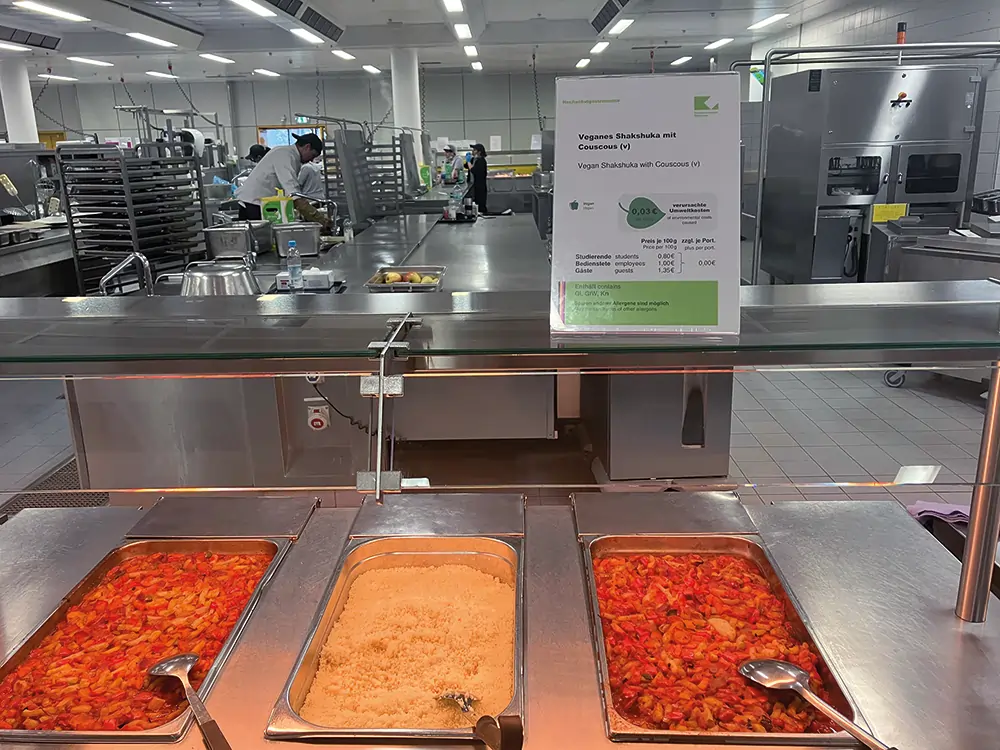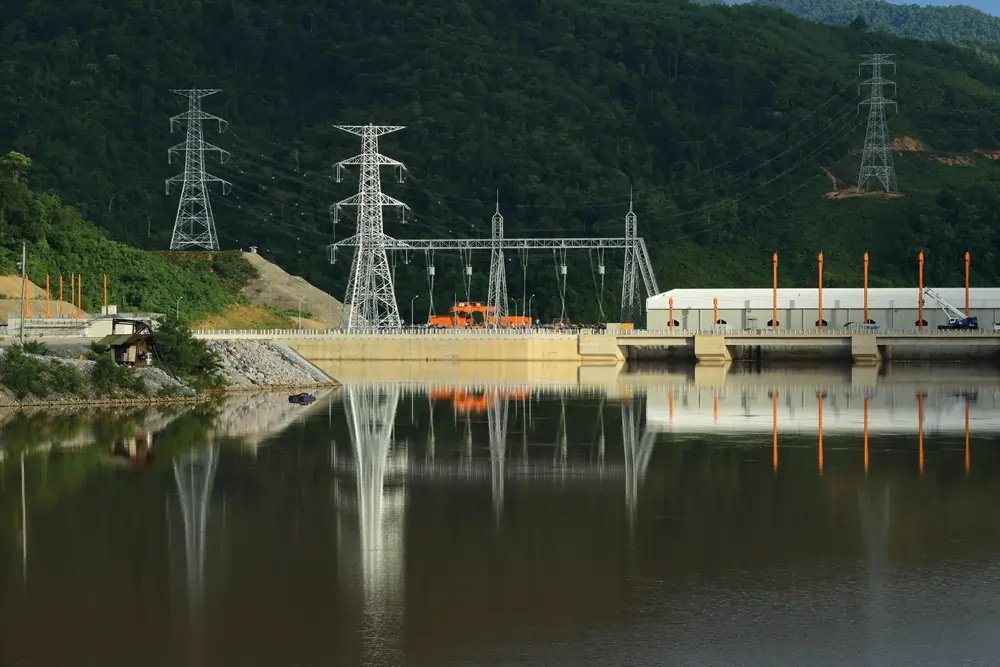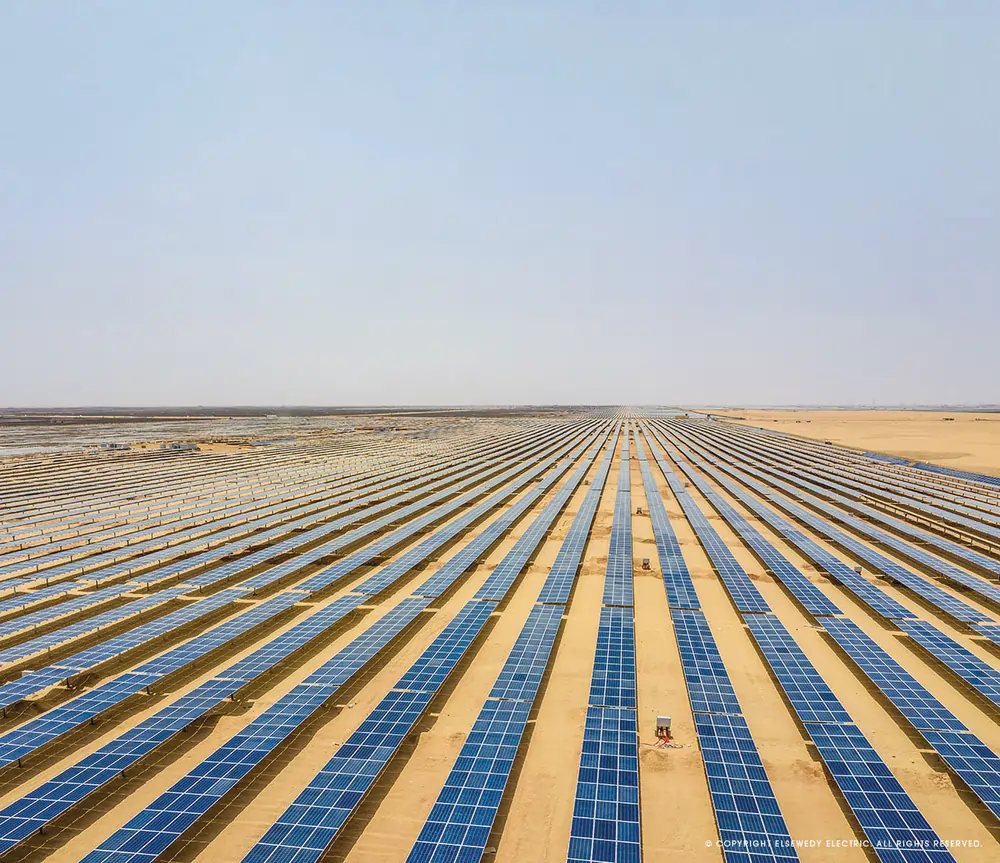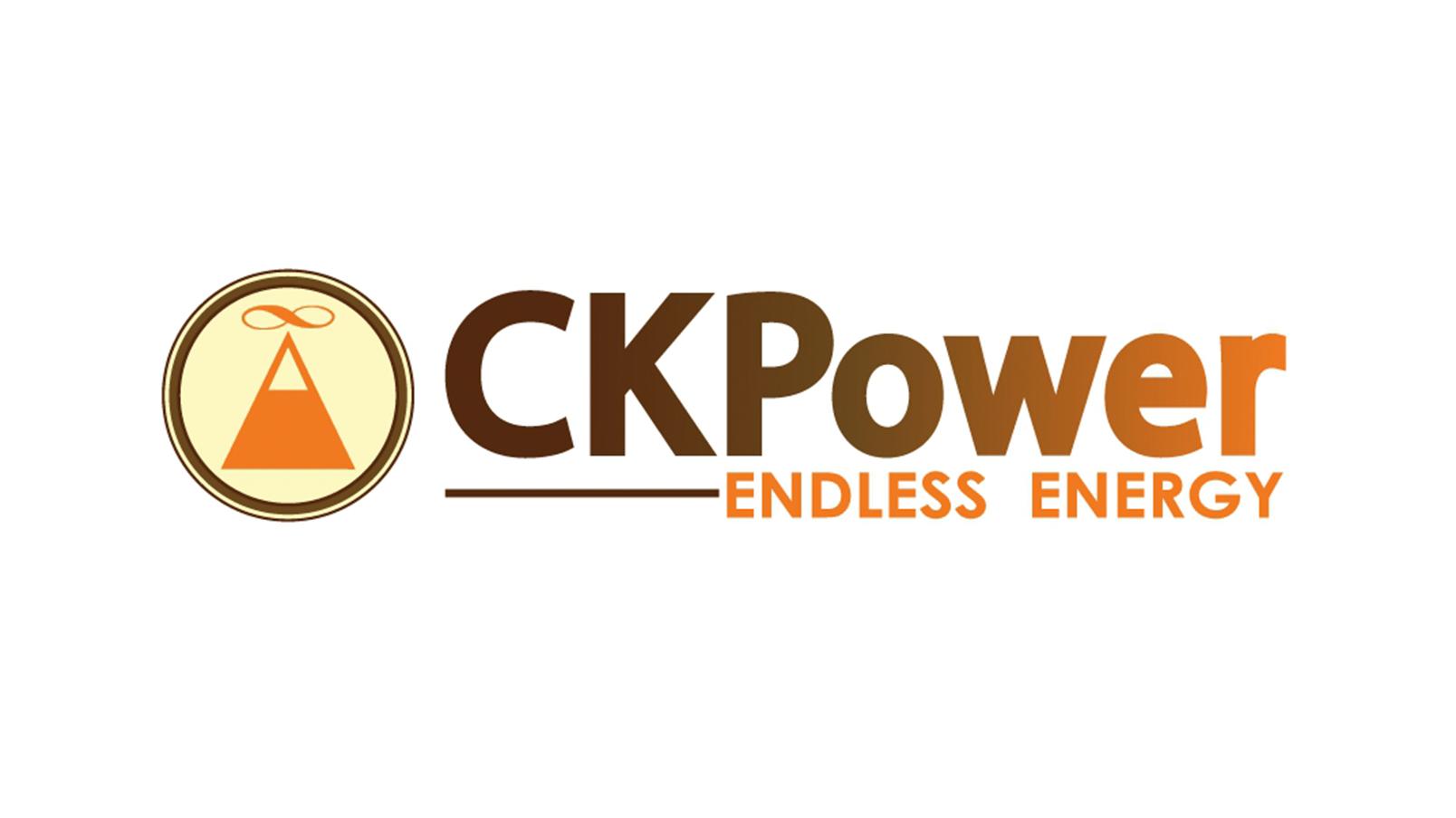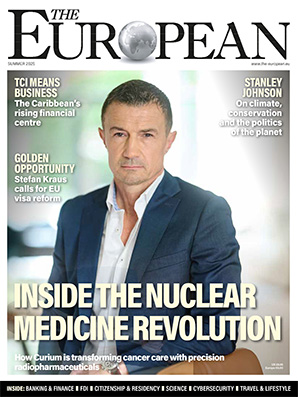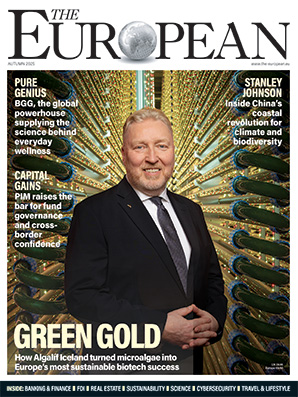Why hybrid energy systems are set to power the continent

John E. Kaye
- Published
- ESG
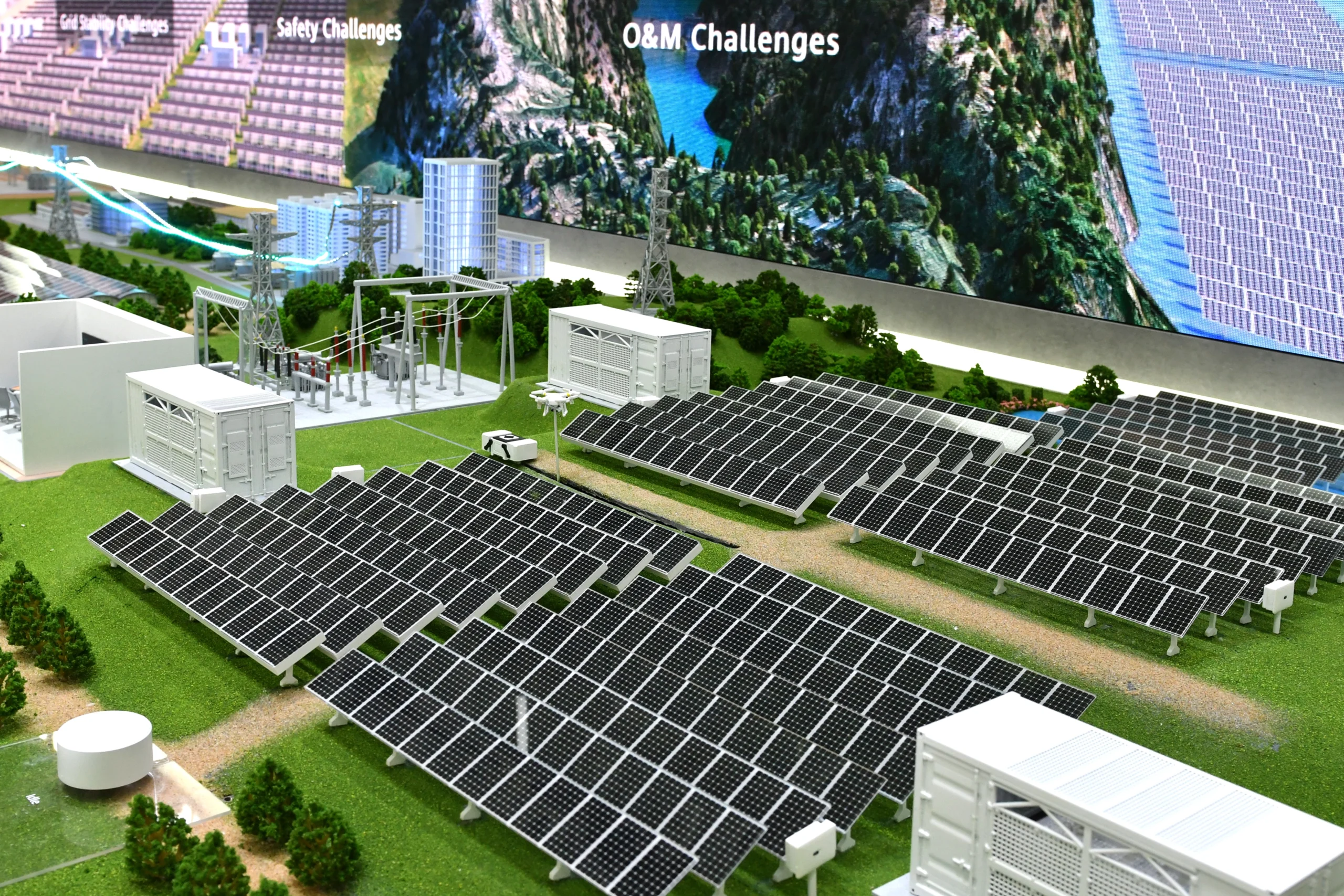
When industry leaders, tech visionaries, and green-energy pioneers converge on Munich this May for Intersolar Europe, they’ll be talking about a concept that’s finally having its moment in the spotlight: hybrid power plants. It might not sound glamorous, but combining the power of sun, wind, and water with advanced battery technology is quietly changing the way we think about energy. It’s a solution born from necessity, a creative response to the stubborn challenges of climate change and grid stability. This year’s event promises to show us exactly why hybrid energy might just be the smartest idea we’ve had in decades, writes John E. Kaye
The idea of combining multiple renewable energy sources—solar, wind, and hydropower—with advanced battery storage systems isn’t entirely new, but it’s only recently become a practical, large-scale reality across Europe. In the face of mounting pressure to achieve ambitious climate targets and address energy security, hybrid plants now offer a convincing path forward for sustainable, reliable, and economically viable energy production.
Renewable energy generation has experienced dramatic growth over the past decade, driven by international commitments to reduce carbon emissions and transition away from fossil fuels. Solar power alone has seen unprecedented expansion, with global installed photovoltaic (PV) capacity reaching two terawatts (2,000 GW) by 2024—a tenfold increase since 2015. Yet, renewable energy has traditionally faced criticism over intermittency and variability, issues that can strain electrical grids and complicate energy management. It is precisely this challenge that hybrid plants seek to solve.
Horst Dufner, head of The smarter E Europe, the continent’s largest alliance of exhibitions for the energy industry, said the spotlight on hybrid power is long overdue, as the technology has quietly evolved into a cornerstone of the renewable transition. “We’ve reached a crucial turning point—hybrid power plants are now one of the most important developments in renewable energy,” he said. “They allow for the cost-efficient integration of renewables into the power system and offer a practical solution to the challenge of variability from solar and wind generation. With smart storage and flexible control systems, these plants are not only producing clean electricity but actively supporting grid stability, lowering costs, and driving the next stage of the energy transition.”
Far from being merely theoretical, hybrid solutions are proving to be critical for stabilising energy grids, lowering production costs, and reducing dependence on traditional fossil-fuel energy sources. Across Europe, ambitious hybrid projects are transforming landscapes and reshaping energy infrastructure. In Portugal, construction is nearing completion on a groundbreaking facility featuring a 365-megawatt solar installation alongside a 264-megawatt wind farm, supplemented by a significant battery storage capacity of 168 megawatts and a 500-kilowatt electrolyser for producing green hydrogen. Spain is also making substantial strides with an 86-megawatt hybrid facility combining photovoltaics and hydropower, while Bulgaria has begun construction on a hybrid plant featuring 238 megawatts of solar power, 250 megawatts of wind energy, and an equal amount of battery storage.
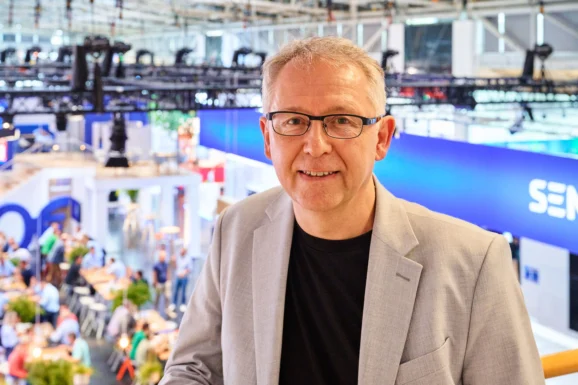
“This is only the beginning,” said Dufner. “Hybrid power plants are going to redefine how we think about energy generation. When you combine different renewable sources that complement each other, you gain a consistent and stable energy output.”
Central to the rapid uptake of hybrid plants has been the dramatic fall in technology costs. Over the past 15 years, photovoltaic panel prices have dropped approximately 85%, while battery storage costs have decreased even more dramatically—by about 90%. This plunge in costs has rendered hybrid systems not only feasible but increasingly profitable. Recent analysis by the Fraunhofer Institute revealed that German solar farms produce electricity at costs between 4.1 and 6.9 eurocents per kilowatt-hour (kWh). When combined with battery storage, costs remain highly competitive, ranging from 6.0 to 10.8 eurocents per kWh.
“These costs are now significantly lower than fossil fuel-based electricity,” Dufner told me. “For comparison, electricity generated by brown coal-fired plants currently costs between 15.1 and 25.7 cents per kWh, and nuclear power ranges from 13.6 to 49.0 cents. The financial advantage of hybrid power plants is clear, making renewable energy both economically and environmentally preferable.”
Beyond their financial appeal, hybrid plants offer substantial benefits in terms of energy management and grid reliability. By integrating battery storage, they enable surplus renewable energy generated during periods of low demand to be stored and then released back into the grid during peak usage times.
This approach not only improves grid stability but also maximises revenue potential through strategic energy arbitrage.
“Battery storage in hybrid plants is not merely about holding energy—it’s about smarter, more efficient grid management,” Dufner explained. “Hybrid systems can rapidly respond to fluctuating demands, keeping grids stable and energy affordable for consumers and industries alike.”
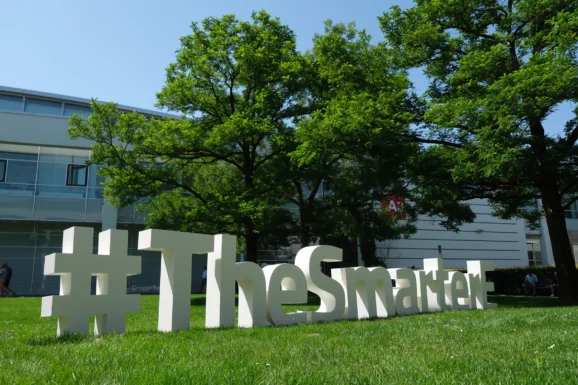
An often-overlooked benefit of hybrid plants is their capacity to optimise existing grid infrastructure. Many renewable energy projects face constraints due to limited grid connection points. By combining complementary sources, such as solar and wind, at the same grid connection point, operators can significantly improve grid utilisation rates. The representative notes: “We’ve seen that combining renewable sources at the same grid connection point can increase utilisation dramatically, from just 13% for solar-only facilities and 33% for wind-only plants up to around 53% with hybrid configurations. It’s about making smarter use of our existing resources.”
Intersolar Europe, which is part of The smarter E Europe—will showcase these advancements in hybrid power plant technology, providing industry experts and the wider public with insights into the future of renewable energy. Over 3,000 exhibitors and more than 110,000 visitors are expected to attend the event, which promises a series of high-profile discussions, technical sessions, and presentations dedicated to hybrid power plants. Specialised sessions such as ‘Hybrid PV Power Plants II: Strategies for Matching Energy Generation and Power Demand’ are set to highlight practical strategies, cutting-edge research, and real-world applications.
“We’re reaching a tipping point,” Dufner told me. “Hybrid power plants are no longer a promising technology but a tangible, essential infrastructure for the future. At Intersolar Europe, attendees will see firsthand how transformative these plants will be, not only in terms of renewable energy growth but also as a key solution to Europe’s long-term energy challenges.”
As Europe accelerates its journey towards a renewable-led energy future, hybrid power plants are poised to play a crucial role. Intersolar Europe is expected to underscore just how far this technology has advanced—and just how much potential it still holds.
Intersolar Europe will take place from May 7–9, 2025 at Messe München as part of The smarter E Europe, Europe’s Largest Alliance of Exhibitions for the Energy Industry.
Further information:
www.intersolar.de
Sign up to The European Newsletter
RECENT ARTICLES
-
 Jersey builds on regulatory strength to stay globally competitive
Jersey builds on regulatory strength to stay globally competitive -
 Why hybrid energy systems are set to power the continent
Why hybrid energy systems are set to power the continent -
 ees Europe: The rise of large-scale storage systems
ees Europe: The rise of large-scale storage systems -
 From reputational risk to competitive advantage
From reputational risk to competitive advantage -
 Take your business success full circle
Take your business success full circle -
 Designed for life
Designed for life -
 Is your ESMS fit for purpose?
Is your ESMS fit for purpose? -
 Digitally enable your ESG solutions
Digitally enable your ESG solutions -
 Afore SURA - The journey to sustainable investment
Afore SURA - The journey to sustainable investment -
 ESG at IDFC FIRST Bank
ESG at IDFC FIRST Bank -
 Takeaways from eco food study
Takeaways from eco food study -
 It’s all about sustainability
It’s all about sustainability -
 Invest in a Greener Tomorrow with Westbrooke Associates
Invest in a Greener Tomorrow with Westbrooke Associates -
 Q&A with Cifi Asset Management's Ricardo Rico, Head of Funds & Javier Escorriola, Managing Partner
Q&A with Cifi Asset Management's Ricardo Rico, Head of Funds & Javier Escorriola, Managing Partner -
 The present calls for sustainable investments, and CIFI has heard that call
The present calls for sustainable investments, and CIFI has heard that call -
 The power to transform tomorrow
The power to transform tomorrow -
 UK to mismanage quarter of a million tonnes of plastic waste this year
UK to mismanage quarter of a million tonnes of plastic waste this year -
 How can visionary design save the world?
How can visionary design save the world? -
 Interview with Thanawat Trivisvavet, Managing Director of CKPower
Interview with Thanawat Trivisvavet, Managing Director of CKPower -
 Elsewedy Electric - Powering progress
Elsewedy Electric - Powering progress -
 Thailand’s CKPower leads sustainable business model
Thailand’s CKPower leads sustainable business model -
 It’s time to focus on the ‘S’ in ESG
It’s time to focus on the ‘S’ in ESG -
 The seven competencies of ESG leaders
The seven competencies of ESG leaders -
 Why businesses must begin their net zero journey now
Why businesses must begin their net zero journey now -
 Every drop of the ocean is connected - Ocean Bottle
Every drop of the ocean is connected - Ocean Bottle


